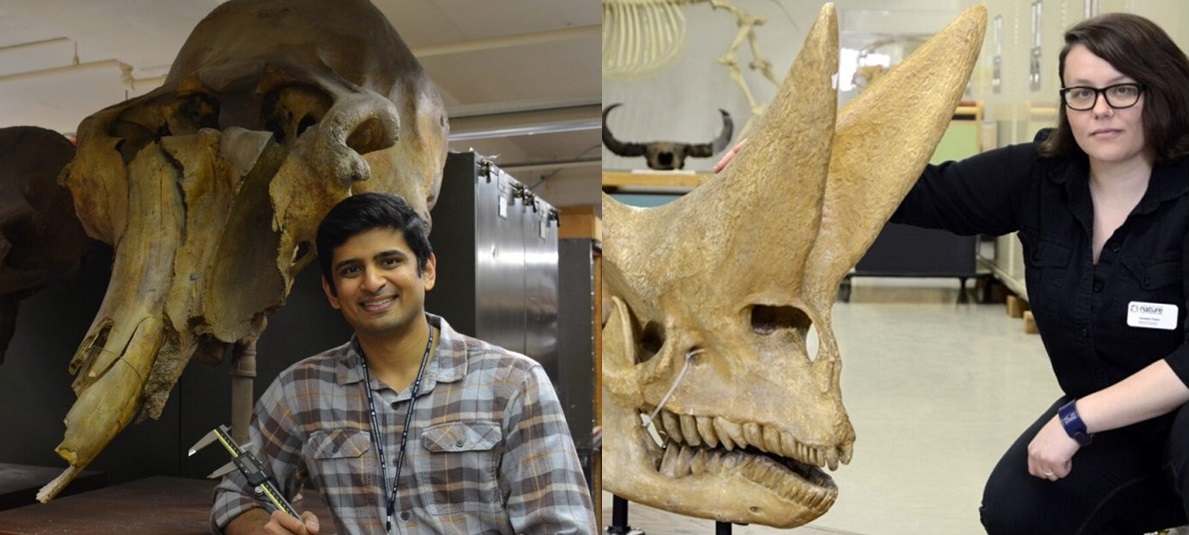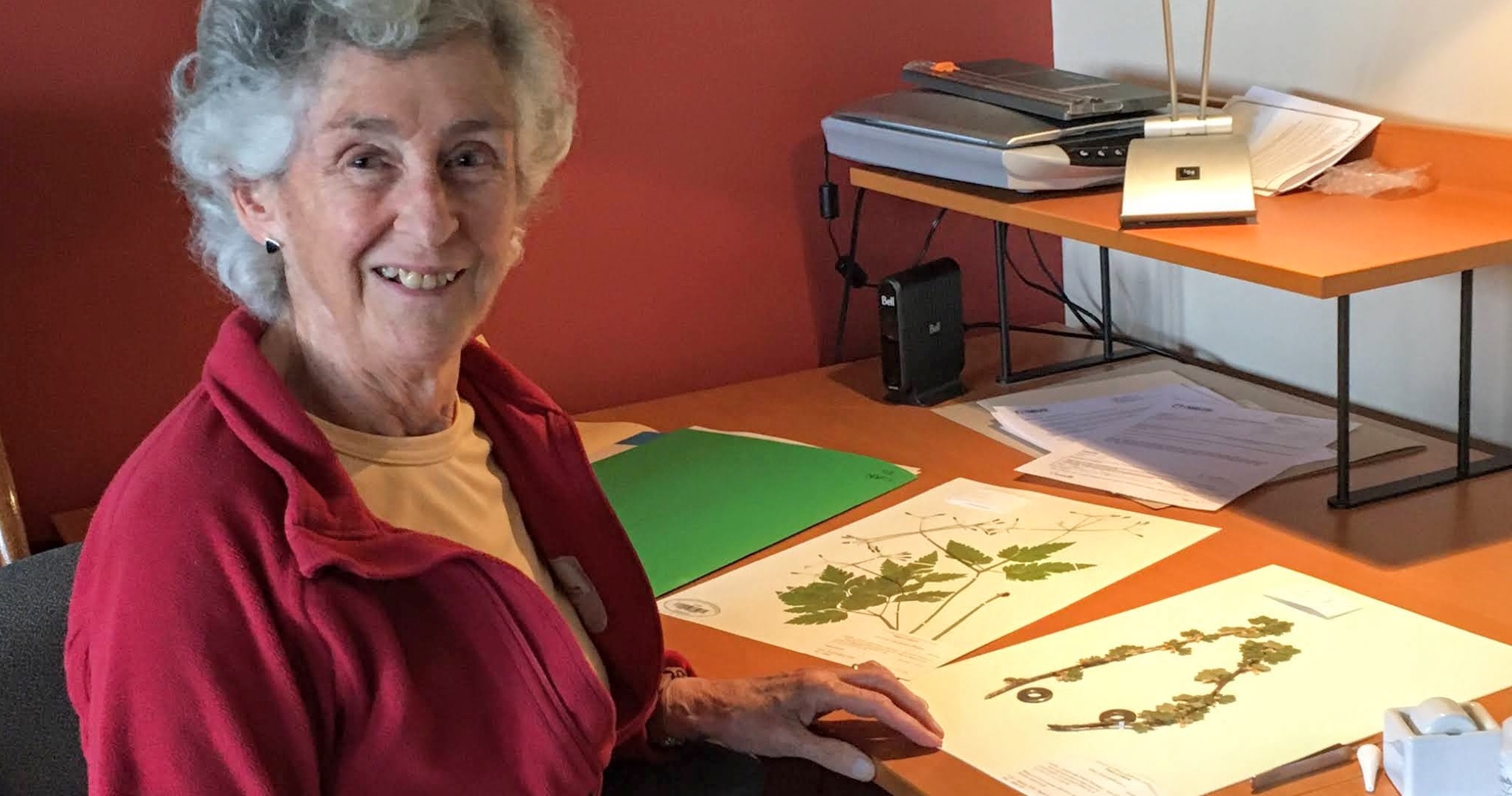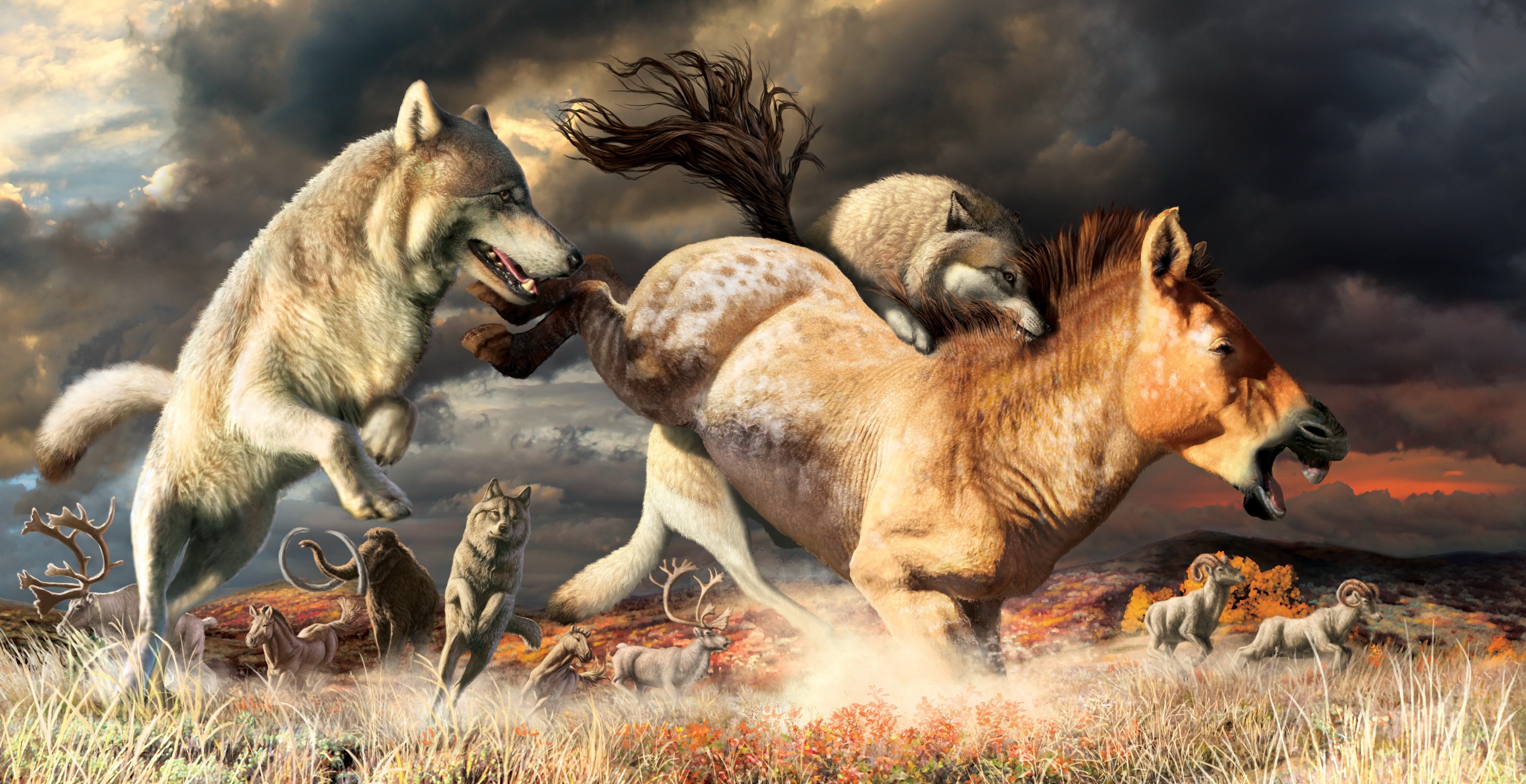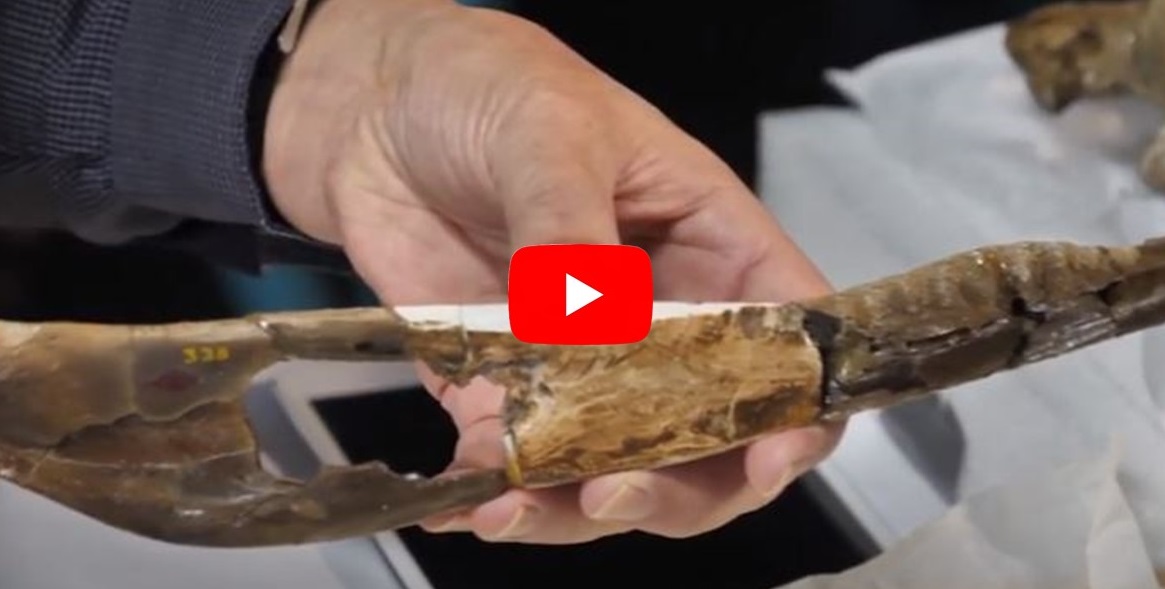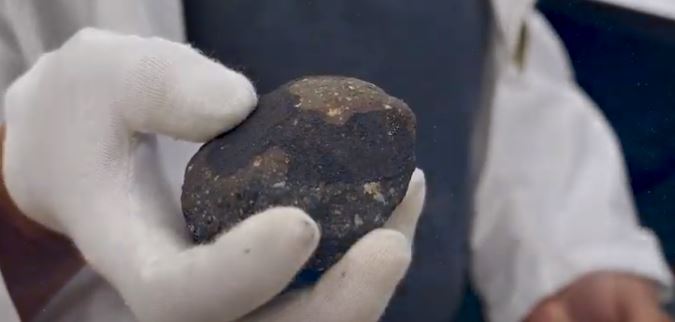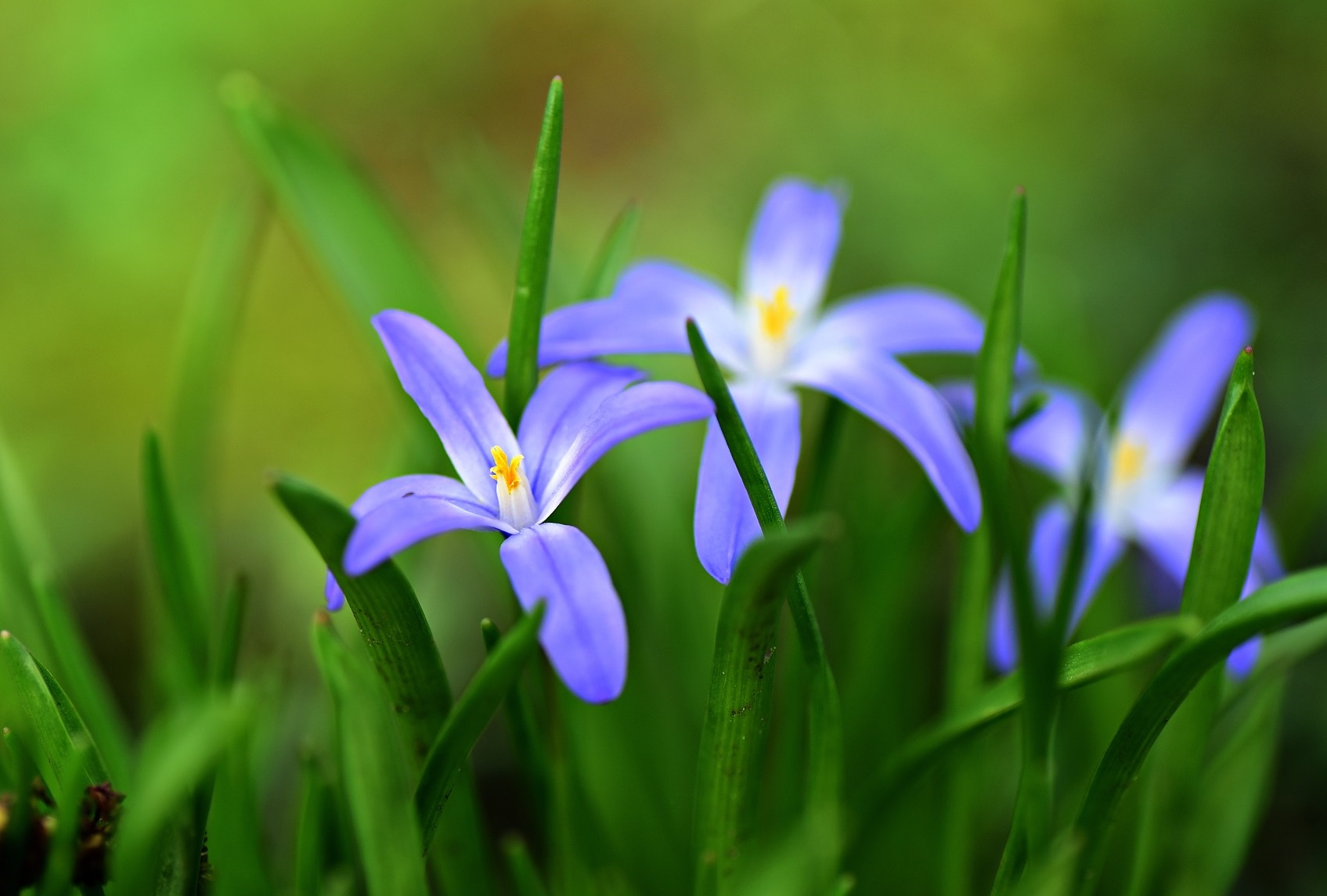
Springtime glory
Despite the pandemic's roller coaster ride for humankind, nature pushes steadily onwards, gifting us with sprouting greenery and delicate floral beauty.
We miss our visitors, and look forward to welcoming you all back. For now, the museum is temporarily closed in accordance with Government of Ontario directives.
We continue to post regular content on our social media channels. Follow us on Twitter, Facebook, Instagram and YouTube. Discover more on nature.ca.
Editor: Laura Sutin
Questions or comments can be sent to lsutin@nature.ca
Photos:
"Glory in the snow" flowers: pixaybay.com
Gray wolves palaeoart © Julius Csotonyi

